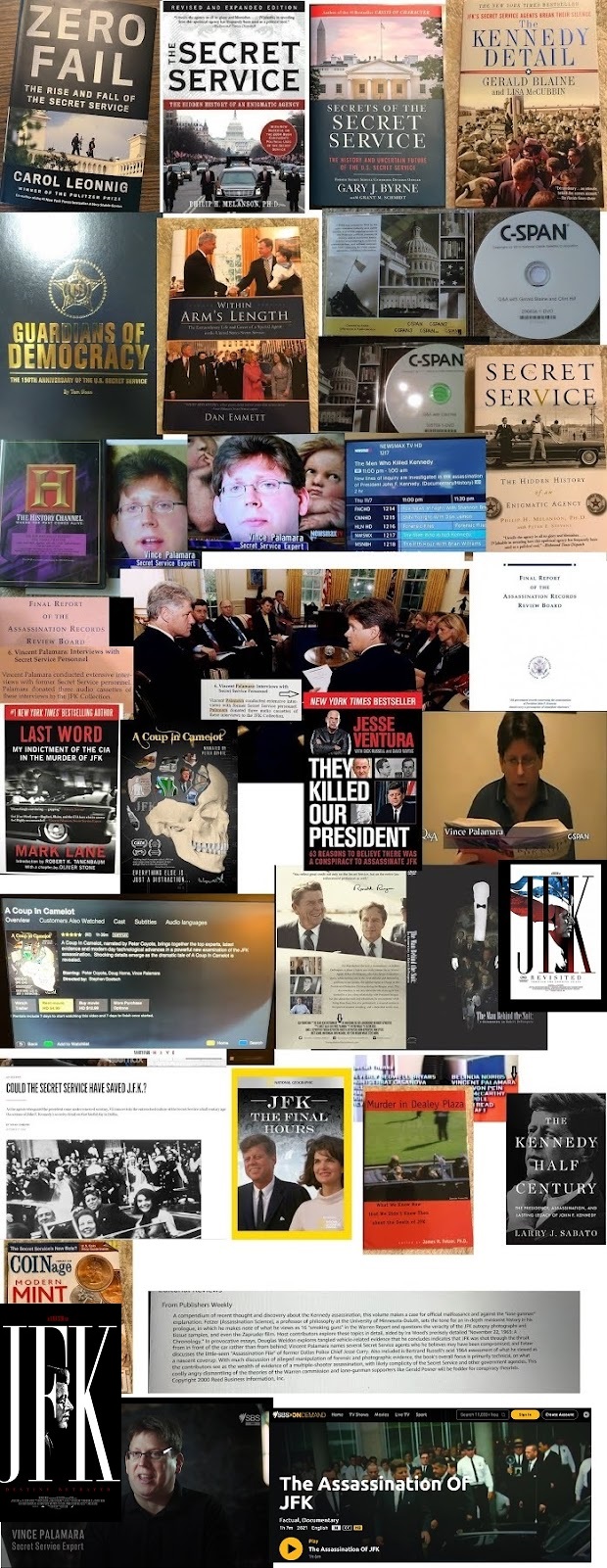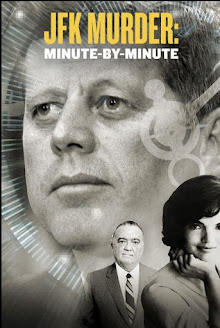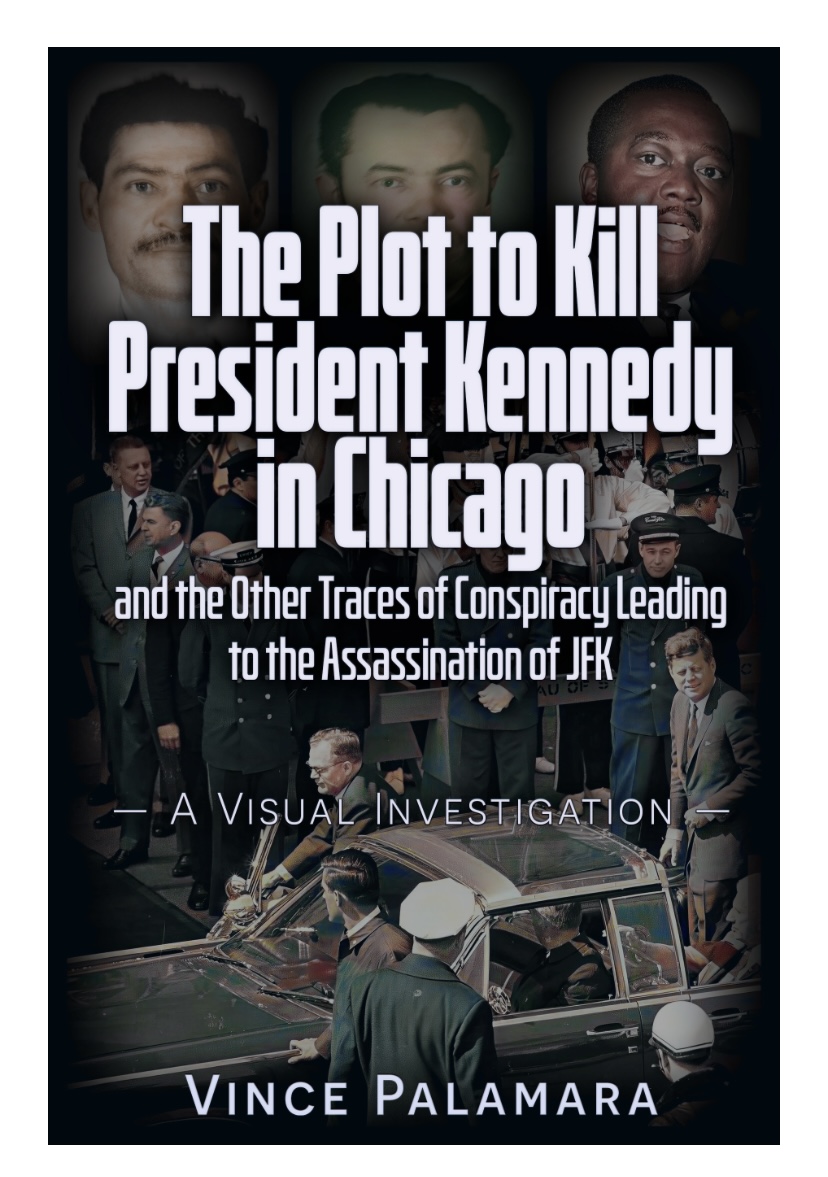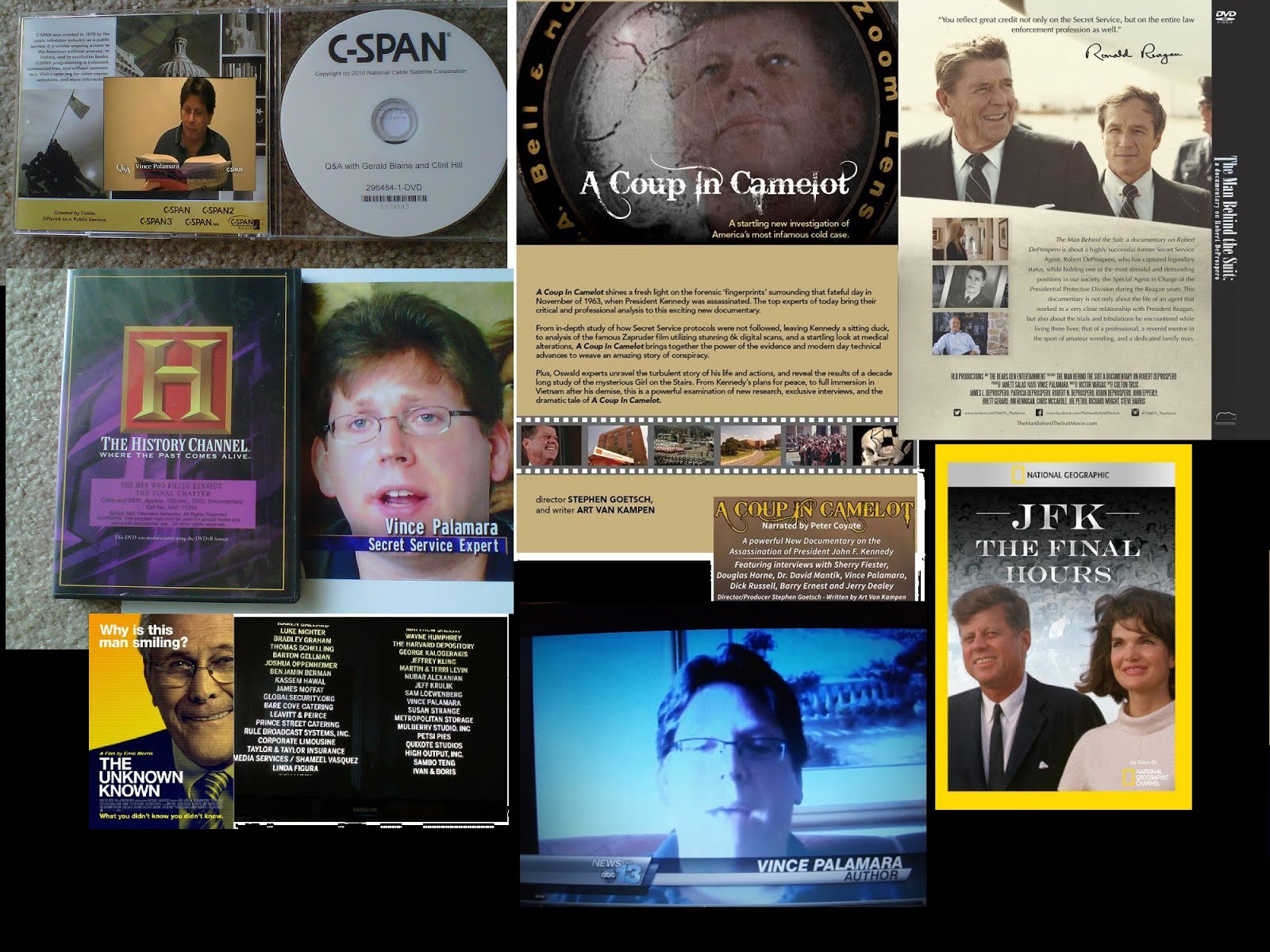SA Walt Coughlin (2/18/11): "He was a wonderful man to work with. I loved the job...But he [JFK]would listen if you told him not to do something. He would, as long as you didn‟t “cry wolf” all the time. If you said, you know, “Don‟t do that,” he assumed you had a good reason. He was good about that...I did the advance to Miami about three weeks before he was assassinated, and it was a difficult stop because it was right after the Bay of Pigs invasion and the Cubans were up in arms and there was a lot of information, intelligence, that he was going to be try to be assassinated in Miami by disgruntled Cubans. We got around it by helicoptering him as opposed to using a motorcade. But yes, that was a difficult, difficult stop to make...I don‟t recall ever being unhappy with him. I never saw him being unkind with any of us. He certainly was not unkind to me. He had a wonderful sense of humor...Now we all knew about the media stuff about “Oh, don‟t come to Dallas” and “Don‟t come to Texas.” I didn‟t feel that. I saw it in the paper...We knew that it [the assassination] could happen, whereas the public never thought about it. We lived with it constantly. So even though we were disappointed in the fact that we “failed” (using air quote marks), I don‟t think we were terribly surprised that it could happen...you never want to fail in whatever you do. People have asked me if I wished I had been there. The answer‟s “yes.” My professional side tells me maybe, just maybe, I could have been able to do something or have seen something that somebody else missed. And I‟ll never know the answer. Yeah, it bothers me. Yeah...Well, I think it‟s a shame that they weren‟t allowed to keep the top on the car, the bubble. Not that it was bullet proof, but it may have deflected. And the way that President Kennedy was shot—from the upper right rear—had an agent been allowed to stay on that right bumper, he would have blocked the shot. Now, had Oswald had seen the agent on the back bumper and knowing that shot was not available, he may have made himself visible in that window to shoot him coming on. And hopefully, somebody might‟ve seen him and prevented it...Jerry Blaine, who wrote the book, started talking about that five or six years ago...Jack Ready, I understand, who was on the right side of the follow-up car, got criticized by someone somewhere for not jumping off the follow-up car and running towards… Well, he started to and Emory Roberts running the follow-up car said, “Don‟t! Don‟t jump, Jack, because we‟ve got to swerve to let Clint get by.” Well, you know, but Jack took that as an insult to his professionalism, and I don‟t think he‟s ever gotten over it. Like, you know, how come you didn‟t do anything, Jack Ready, is how he sees it. In fact, he did exactly as he was told, which is how we're trained...Well, the Secret Service being involved is ludicrous to start with. Now, a conspiracy—my definition is two or more people. There may well have been a conspiracy, but only one person performed the operation...I think his tragedy—the tragedy of his death—was the savior of the Secret Service. They almost lost the jurisdiction because of it. Unfairly, I think, but they almost lost it. Then the government finally…Congress or whoever finally realized that we‟ve got to do something about this...And it‟s a terrible thing to say, but Kennedy really helped improve the Secret Service (nodding).";
John Joe Howlett (4/6/11): "[re: Dallas office] my recollection is we had the boss, which was Sorrel[s]. We had Bill Patterson, Roger Warner, myself, and Mike Howard was in Fort Worth. And that‟s the only ones that I can recall right now. Charlie Kunkle came down very shortly after I got here...I noticed the thing that has intrigued me ever since was this mark on the windshield that was in the shape of what we normally think of a thirty-ought-six bullet—but about half that size—that was in the… on the windshield. And I thought, well, you know, that‟s a bullet fragment that hit the windshield. I could not see the so-called dent in the chrome because the top had been put on, and it covered that chrome area. Later on—well, as a matter of fact, three or four years ago—somebody was asking me some questions about it, and I thought, well, I‟m going to look into it. And I read Clint Hill's and… oh gosh (thinking)… Kellerman's statements, and they said that there was no exit wound in the president's forehead or face. And I got to thinking, there‟s no way I can see that a bullet could‟ve hit that windshield without an exit wound for the president‟s forehead or face. And that‟s when I got to thinking, along with another individual, Max Holland, that the bullet must‟ve struck something and this part that we were seeing on the windshield and the chrome was part of a ricochet. Of course, there had always been the controversy of the three bullets. Of course, clearly one bullet hits the president—I don‟t see how anybody can doubt that—in the so-called third shot. Then you have the second shot, or a shot, that hit both the president and Governor Connally. A lot of people kind of call that the “magic bullet.” But I was in Washington with Inspector Kelley of the Secret Service that coordinated our investigation, and we were at the meeting when that theory was brought up. And I think Arlen Specter was the staff… and I don‟t remember who all else was there. But as we left the meeting, Inspector Kelley said that was the craziest thing he ever heard, that bullet going through both of them. And I shook my head, and I said, “No, I believe he‟s right.”; The Commission came to the conclusion that he was trying to kill the president. I‟m not 100% convinced. I‟m, like, 85% to 90% convinced. Of course, I know he had a gripe against the president because of the Cuban situation and Kennedy‟s involvement with the Bay of Pigs. But he also had a complaint with Connally in that Connally was the Secretary of the Navy when he was in the Marines and was… got out, and of course, he got a bad conduct discharge...I think now after reading all of the agents‟ testimony and a lot of the testimony of the people around here or were witnesses to it, I am now personally convinced that it was the first shot that missed...[working with Holland?] Yes, Max [Holland]approached me about four years ago with this theory that the first bullet could have struck the lamppost, which was, you know, before the tree...I was astonished when I looked on the Internet at how many people are still, you know, working on theories and still arguing aspects of this case, many of which I think have already been resolved. But I was astonished at how much is still currently being done on the Net."
Lisa McCubbin (11/18/10): "[ever study assassination or read conspiracy books?](shaking head) No. No, I never really. I mean, other than just, you know, being interested from the perspective of knowing Jerry, you know, I was probably more interested in Jackie Kennedy and that sort of thing. But I never really studied the subject...It was Jerry Blaine’s idea, and he had been working on it for probably about five years...I would love for all the conspiracy theories to just end (smiling), but they… I know they won’t. And there are so many people that just seem like they have nothing better to do than analyze this fifty-year-old subject to death and try to come up with something new. And in doing so, a lot of these people want to crucify the Secret Service agents for not doing their jobs...there is no way that any of them had anything to do with his death...I think the people who do want to crucify them are in the minority (chuckling), and for the most part, people really respect these men—as they should...I appreciate the way the Museum has embraced the book and really we’ve had such great feedback from the Secret Service, the current Secret Service. They are thrilled with the book. The director has read it and even said he would like to make it required reading for all future Secret Service agents. I don’t know if that’s going to happen, but the fact that we’ve done something that can be bigger than what we even thought is great. And we just appreciate your support...They… we wanted them to be aware that it was being written and actually Clint Hill called—he knows the current director—he called and told him it was being written, that he was contributing. And the director said, “Well, Clint, if you’re involved, I don’t need to say anymore. I know it will be worthy of trusting in confidence.” And that’s what it is."
Tuesday, May 10, 2011
Sixth Floor Museum Oral Histories: notes on highlights from SA Walt Coughlin, SA John Joe Howlett, and Lisa McCubbin
Subscribe to:
Post Comments (Atom)










































![VINCE PALAMARA [remember to scroll all the way down!]](https://blogger.googleusercontent.com/img/b/R29vZ2xl/AVvXsEjSZ-Z_puqnjl3UgdiJxBenMyIMaFhmBD-PYQUsxCtFS4UF7dJQB6n32rt9a0ZqFRPmuBoukhrMZxv6LOD9GoUGPiaShO3wj_8xL98obRAsUbIf0mXutzbq7jKDrCp8Y-Y0k9rnS5ARjQQ/s1600/11.jpg)


![CHAPTER 8 OF ARRB FINAL REPORT [I AM IN THIS REPORT, AS WELL]...HMMM---THE SECRET SERVICE DESTROYS](https://blogger.googleusercontent.com/img/b/R29vZ2xl/AVvXsEimGbOuG69gW-cgAbsfjd8p8PD-subznIjcsQXUSFq560o_kiXunf9TcH0fkOqmWuK73id6m5TyVMhWcfBrPUEee6JLbvqNZKdIVQa5Drcz568Ue6GZdf_PUtLuLwPDcucv3gOn5KGBZPw/s1600/DSCF0462.JPG)




No comments:
Post a Comment